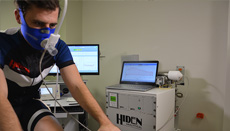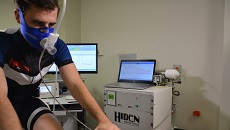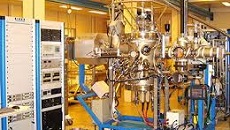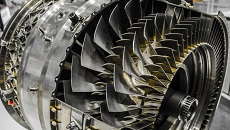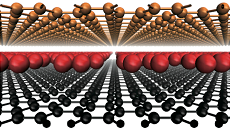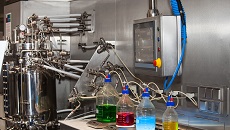Blog
Real-time Human Breath Analysis for Cellular Wellbeing
With the advances in medical science and research, the modern academics are vigorously engaging with the development and discover of new technology...
Multi-Stream Gas Analysis of Human Breath
Exhalated human breath contains thousands of organic compounds, which vary depending upon the air quality and the respiratory health of the...
Gas Analyser for Measuring Dissolved Gases in Groundwater
The biogeochemical reactivity of dissolved gas and vapor species in the abiotic compartments of our planet are monitored using gas analysers at one...
Mass Spectrometers for Silicon Semiconductor Analysis
Semiconductors are critical materials in electronics manufacturing, displaying unique electrical conductivity properties that fall between the...
Contaminant Analysis with Hiden Surface Analyzers
Process and development contamination is a far-reaching issue that can damage products in any sector. Surface topographies and internal compositions...
Plasma Research for Aerospace Applications
The aerospace sector has been on the cutting-edge of science and technology since mankind first succeeded in creating a vehicle capable of flight....
Cluster Analysis for Material Categorization
Material categorization through mass spectrometry is increasingly concerned with structures on a nanomolecular level. Spherical fullerenes and...
Gas Analysers for Fermentation Monitoring
Fermentation is a biologically active process that metabolizes organic products in a contained environment. Industrial fermentation typically takes...
Freeze Drying (lyophilization) Equipment and Process Monitoring
Freeze drying is a specialized preservation method that was initially industrialized to preserve pharmaceuticals for battlefield applications. It is...

